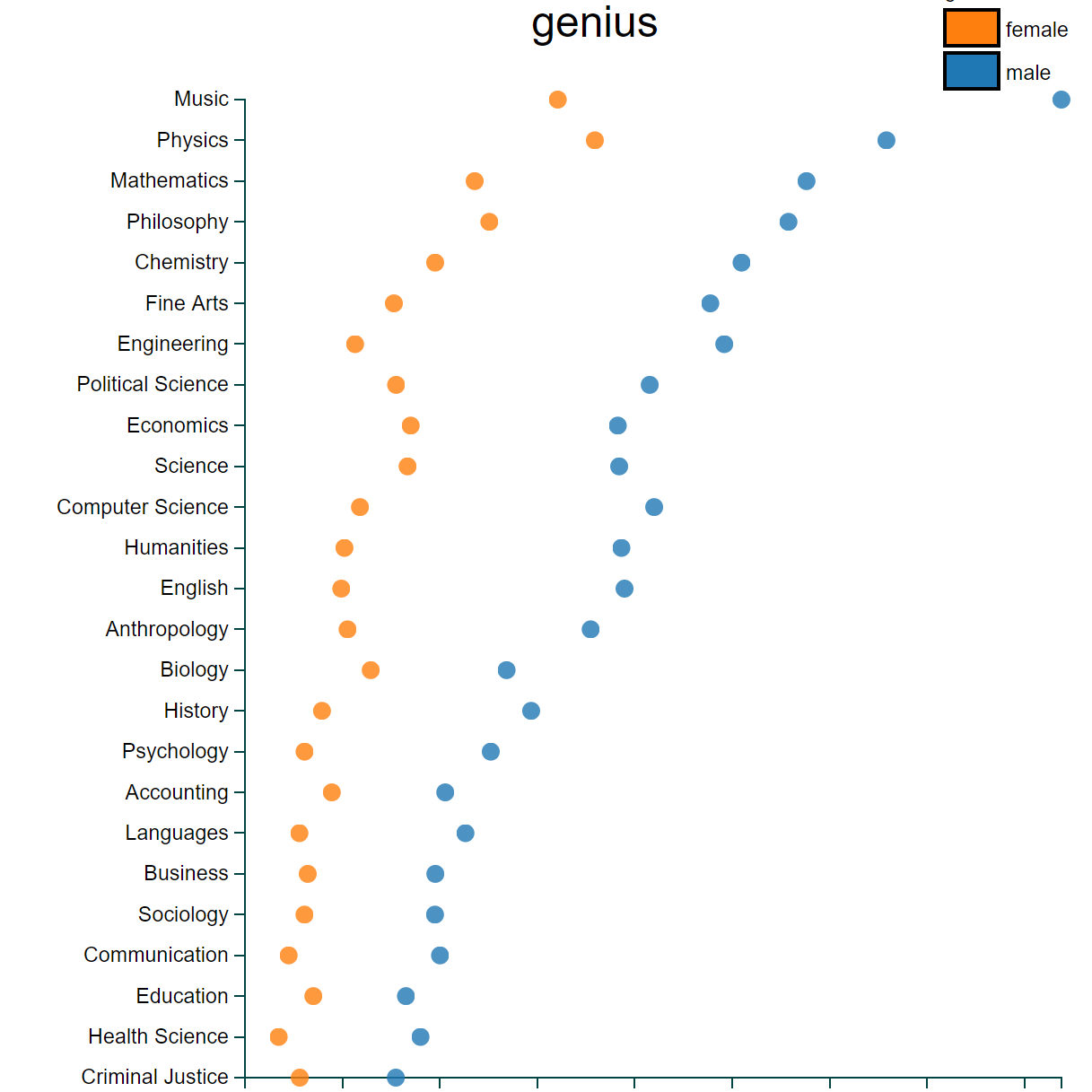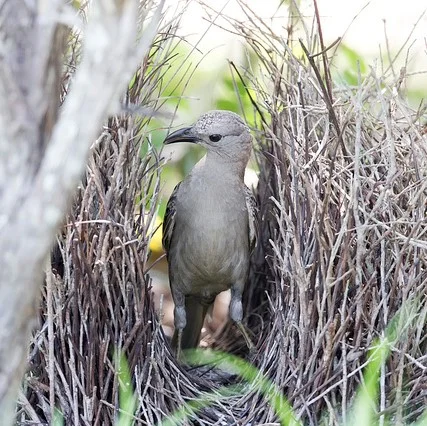Gender differences in recommendation letters for postdoctoral fellowships in geoscience
/The data dive into inequality in STEM continues. Letters of recommendation are absolutely key to securing admission to graduate programs and access to postdoctoral or tenure track positions. However, because letters tend to be personal in nature, they are also more susceptible to implicit biases. In the largest study on gender bias in recommendation letters to date, Dutt et al. quantitatively characterize gender differences in letters of recommendation across countries and institutions.
Read More









